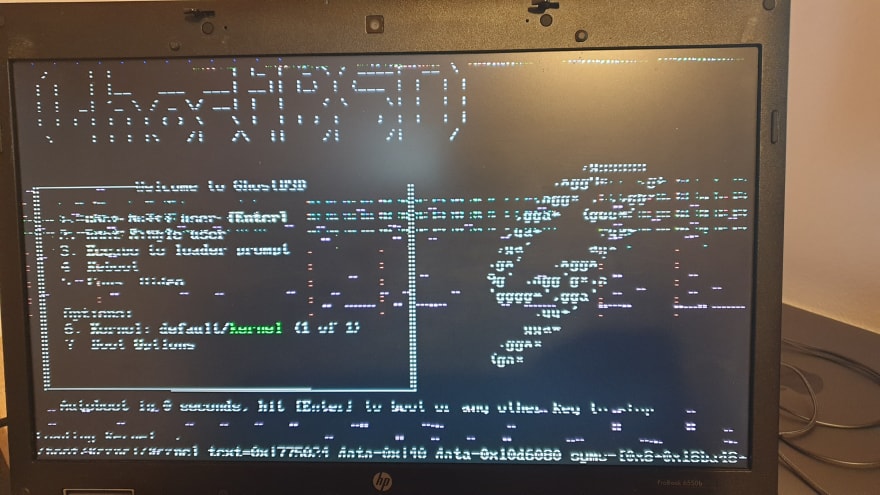Less common OSes for desktop - episode 1

Pavel Kovar
Posted on April 16, 2021
I know this is not a topic exactly for this platform, on the other hand, why do not extends our wisdom. I got an idea to test a couple of not common Desktop class operating systems to find if there is some other alternative to let's say big three (Windows, Mac OS, and GNU/Linux). As a daily user of GNU/Linux (currently Elementary OS, but planning to give chance to Manjaro) and Mac OS (on my work laptop) I am pretty happy, but since I have one older spare laptop I told to myself, why do not explore what is outside.
My testing machine HP ProBook 6550b:
- Intel Core i5 M450 4x 2.4GHz
- GPU ATI Mobility Radeon HD 540v
- 8 GB RAM
- 80 GB HDD (no SSD)
GhostBSD
The first episode had to be about GhostBSD (https://www.ghostbsd.org/) which is a BSD system based on the FreeBSD project (https://www.freebsd.org/) which is a more general-purpose operating system mostly used on server applications, with pre-configured desktop and apps. I download an ISO image and put it on a flash drive, but stuck in the boot process where I always end it up with a broken picture. ( Since my plan is to test operating systems from an end-user perspective, I did spend just a couple of minutes trying to figure out the problem without success so testing of GhostBSD failed for me.
Since my plan is to test operating systems from an end-user perspective, I did spend just a couple of minutes trying to figure out the problem without success so testing of GhostBSD failed for me.
NomadBSD
But to give chance to BSD family I tried another desktop-ready system called NomadBSD (https://nomadbsd.org/). This operating system is presented as a live system with a desktop and my understanding was at the beginning that I can also install the system to a hard drive. Unfortunately, after some investigation, I found that is not true. You "install" the system just on a flash drive, but still, I was interested in this system anyway.
So, I loaded the image from the website into my flash drive and boot the system. In this case, the system loads into a graphical interface with the installation wizard. I go through the wizard and in the end, it asked me to reboot the system. Sadly, after reboot, I end up with the same wizard, but this time it failed at the end since the file system was already created.
When I quit the installer I ended up with an empty screen with wallpaper and no panel or dock (as I was on screenshots on the project website). Since it is Openbox window manager, by right click on the mouse I was able to see the application menu, where I can start plank (dock) and tint2 (panel).
Overall, this experience also does not match my expectations. As live image for example some issue, why not but definitely not as a daily desktop OS.
Conslusion
For the firsts episode of my epic testing saga, I have to say, that this was not too happy. Some can argue that I skipped FreeBSD itself, but this is not a desktop-oriented system, rather a general-purpose OS. I tested it in past and with their excellent handbook, I was able to set up the whole desktop-ready experience quite well, but in this saga, I am looking for out-of-the-box systems.
For the next episode, I pick up ReactOS. Stay tuned.

Posted on April 16, 2021
Join Our Newsletter. No Spam, Only the good stuff.
Sign up to receive the latest update from our blog.
Related
November 29, 2024
November 23, 2024